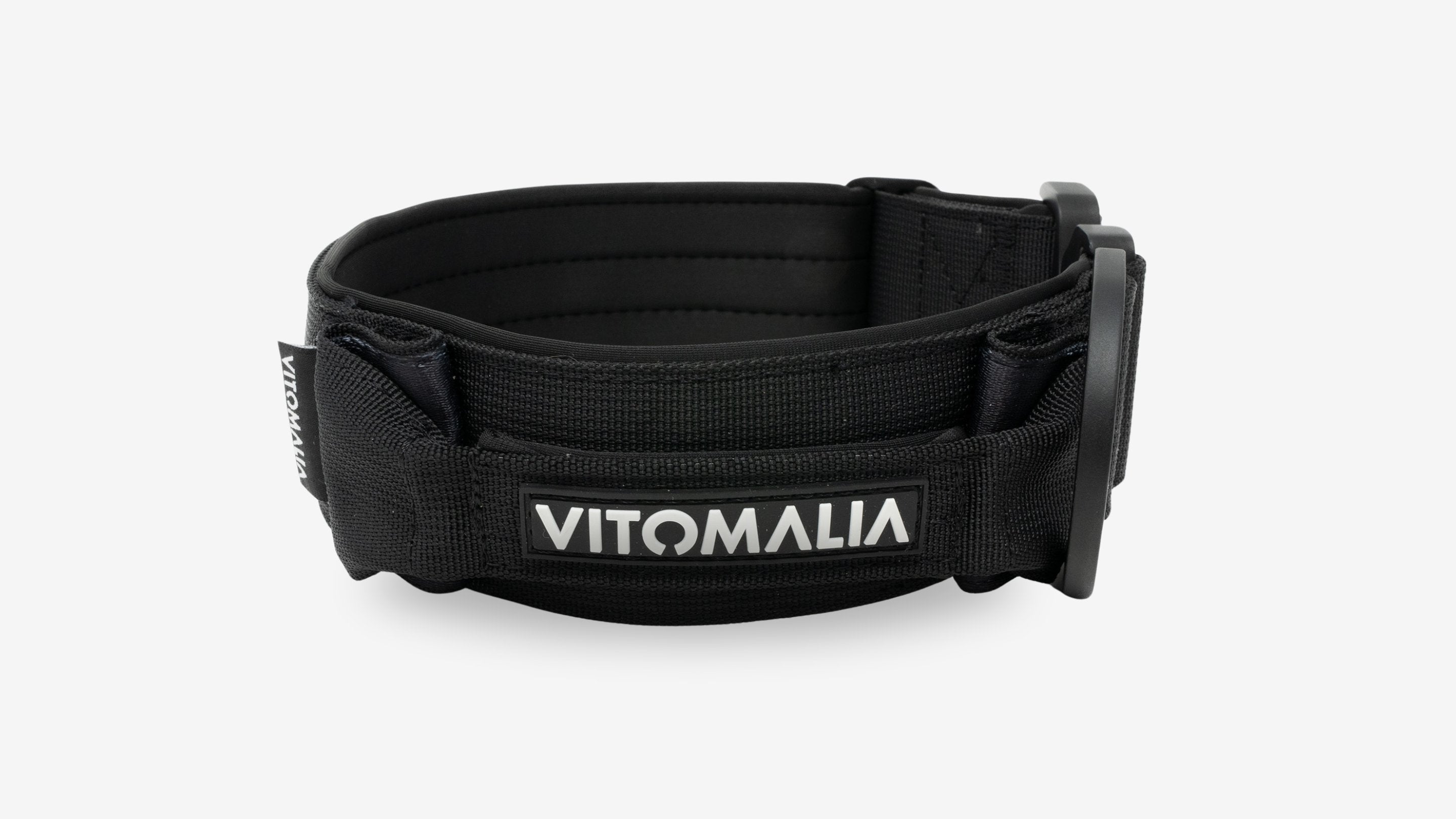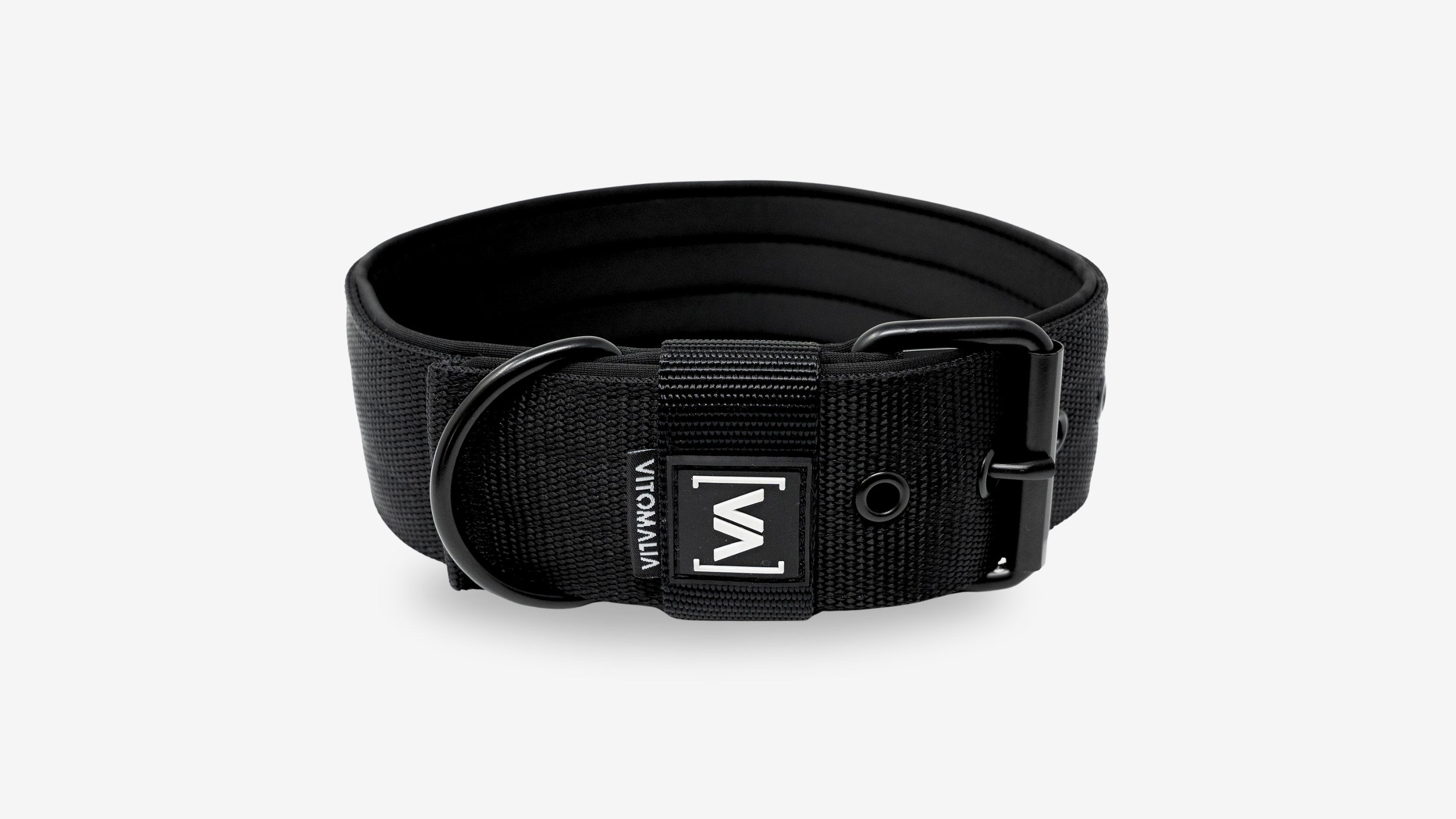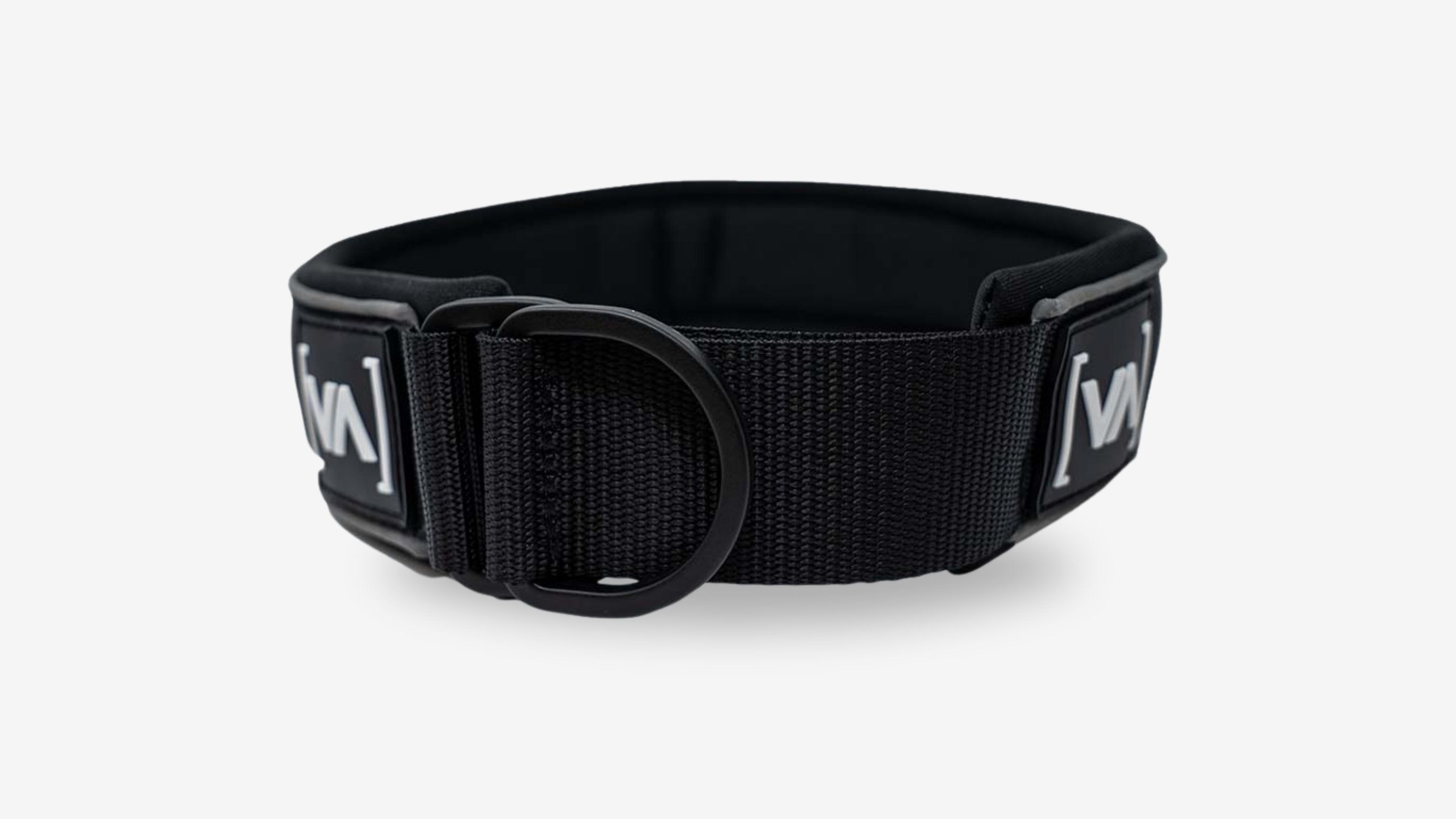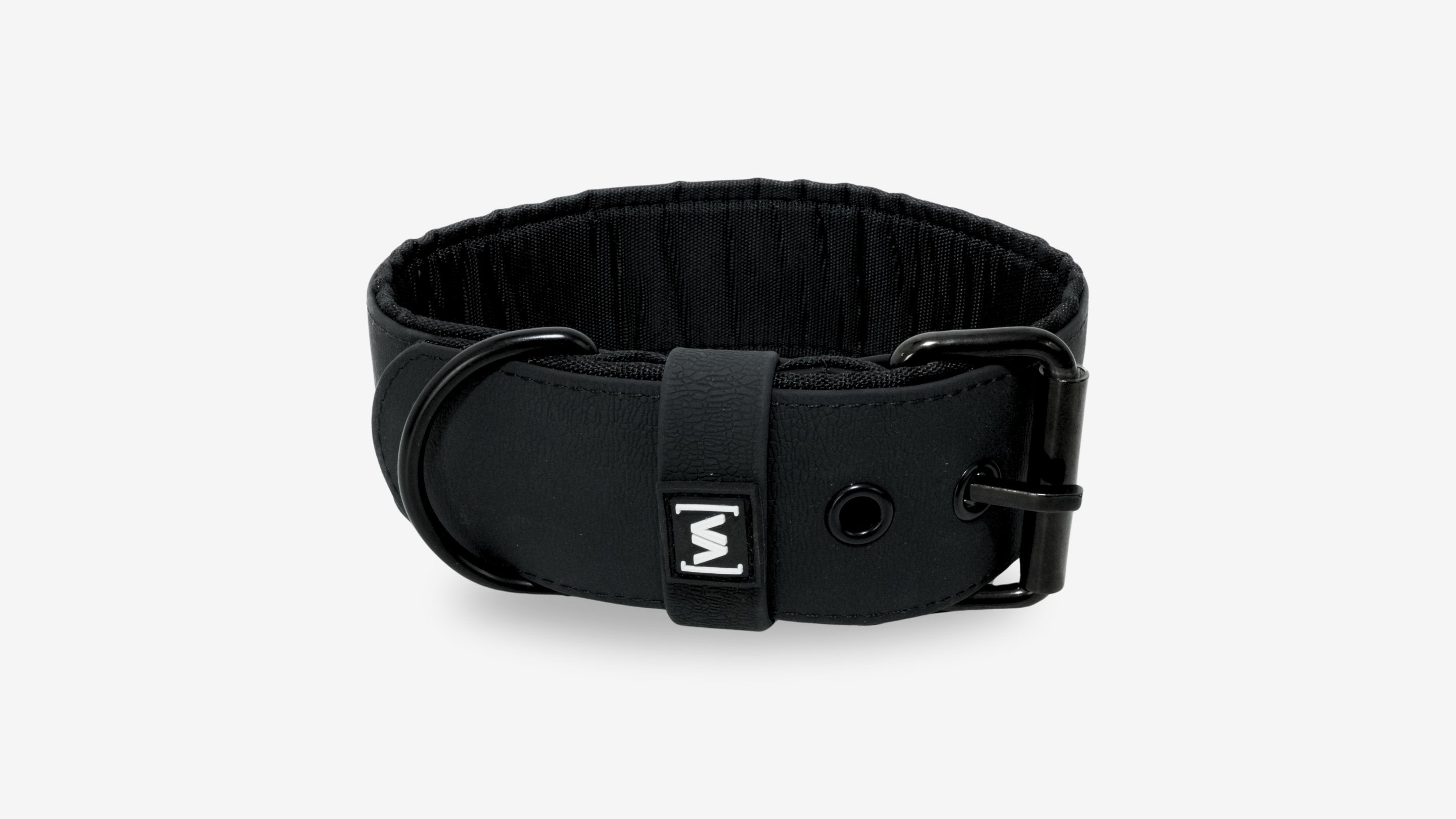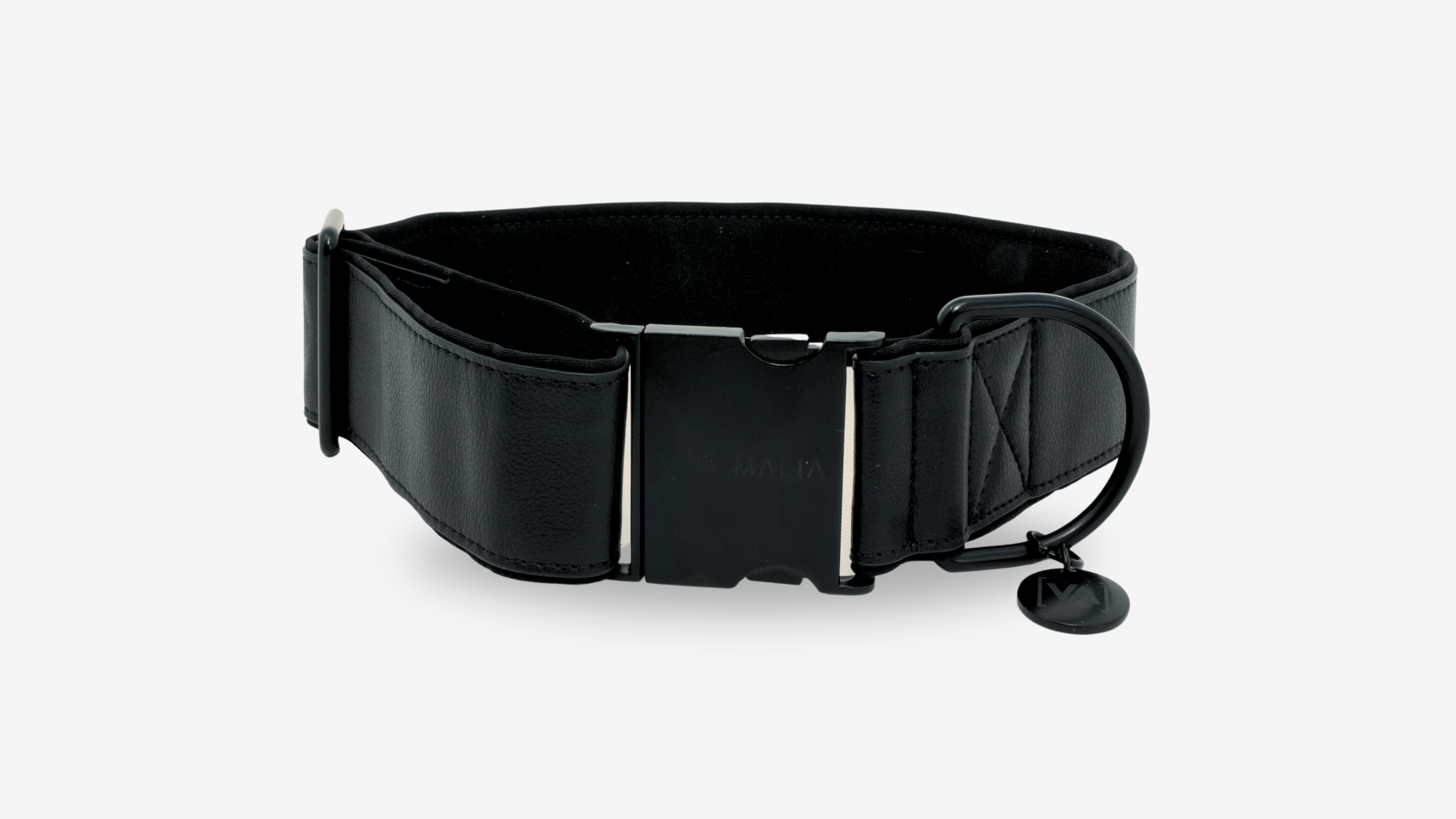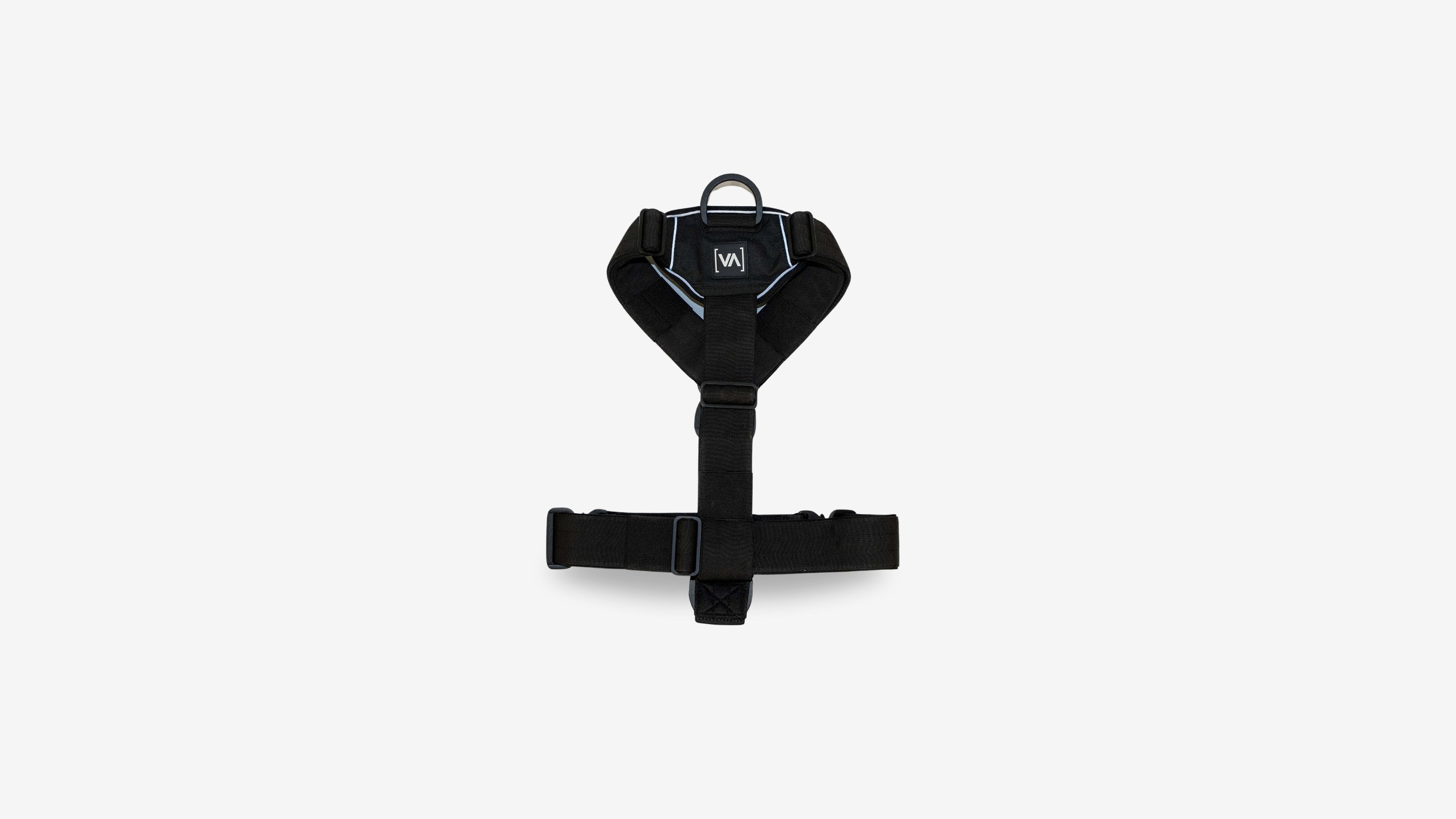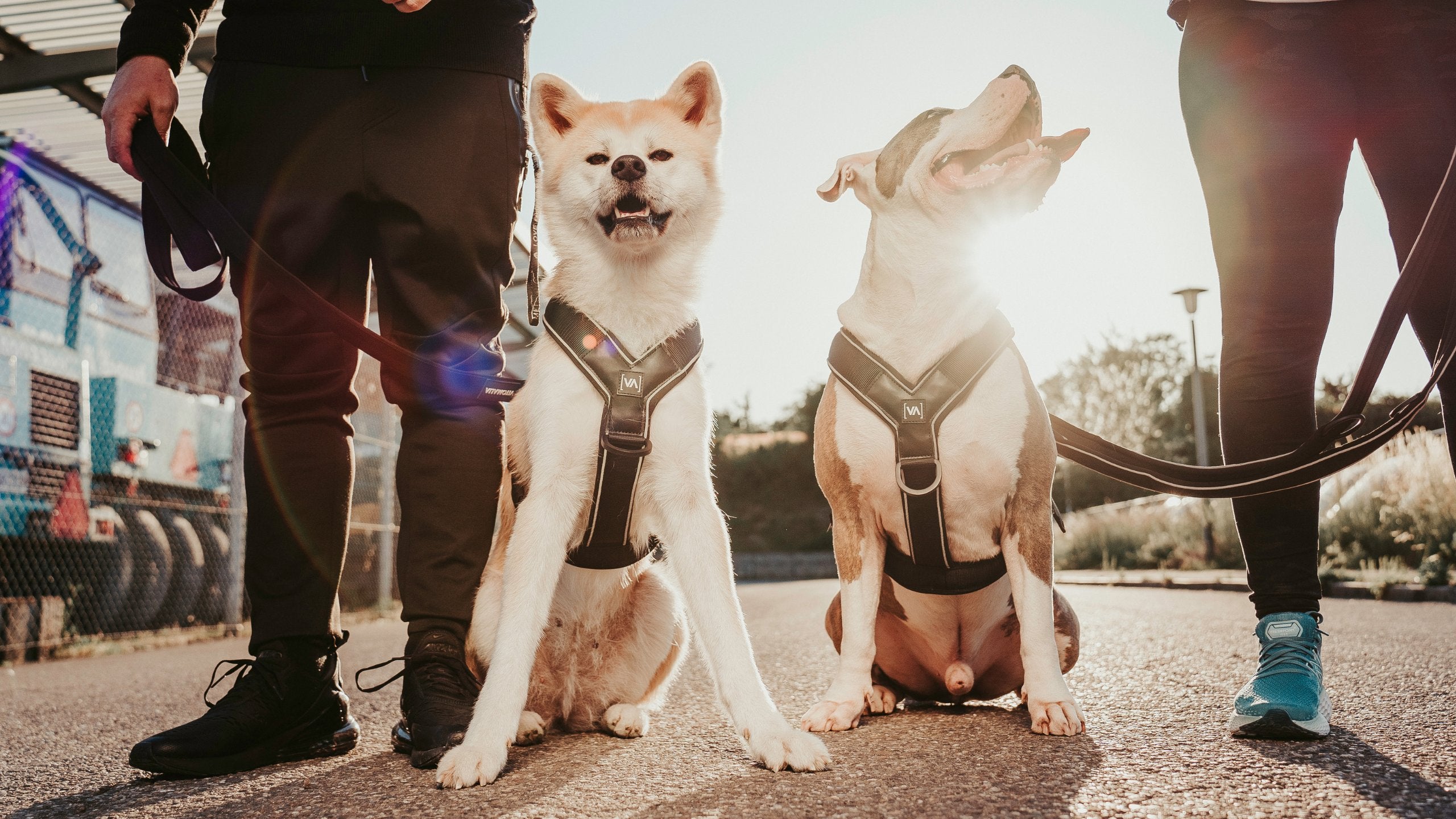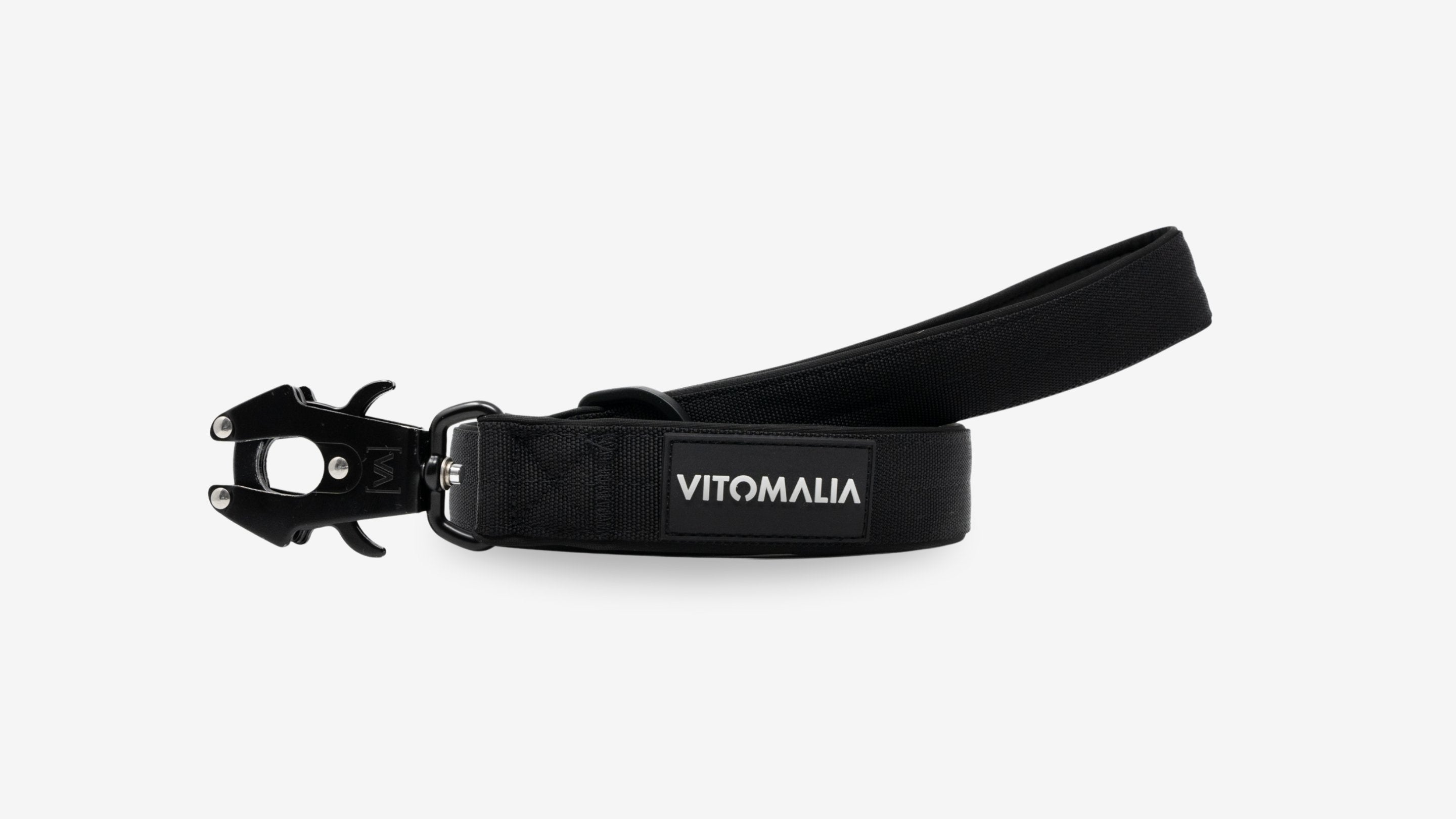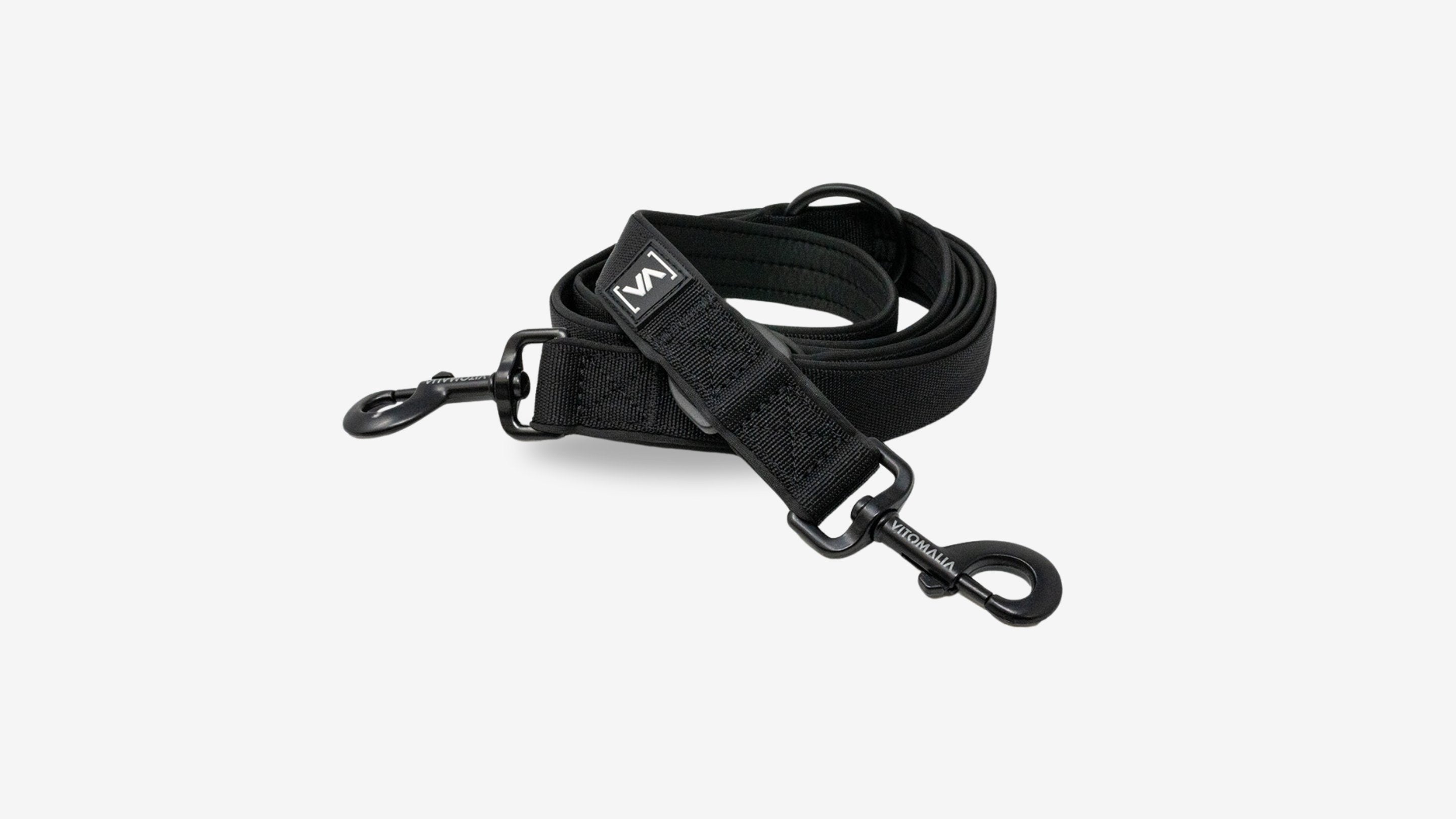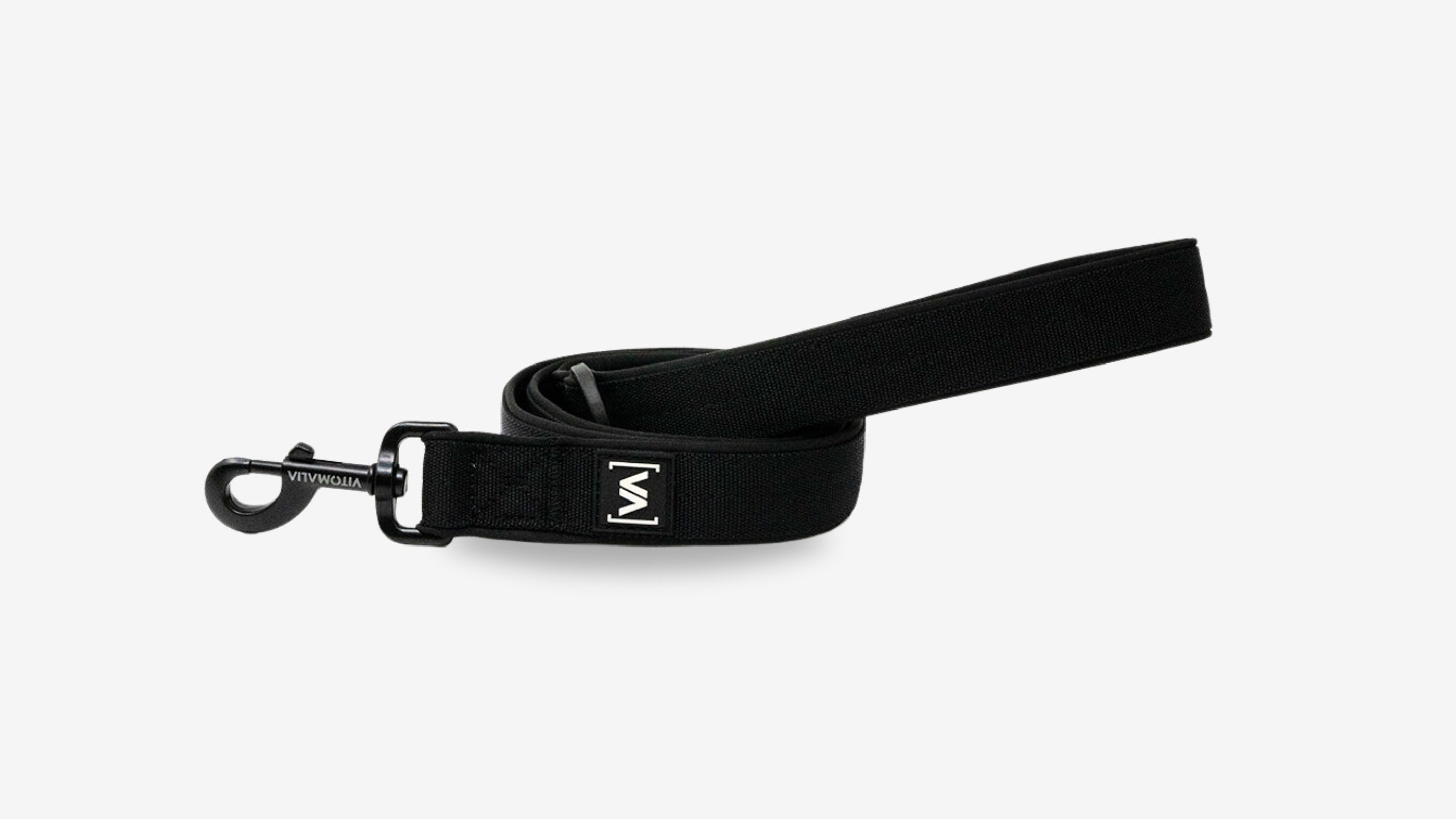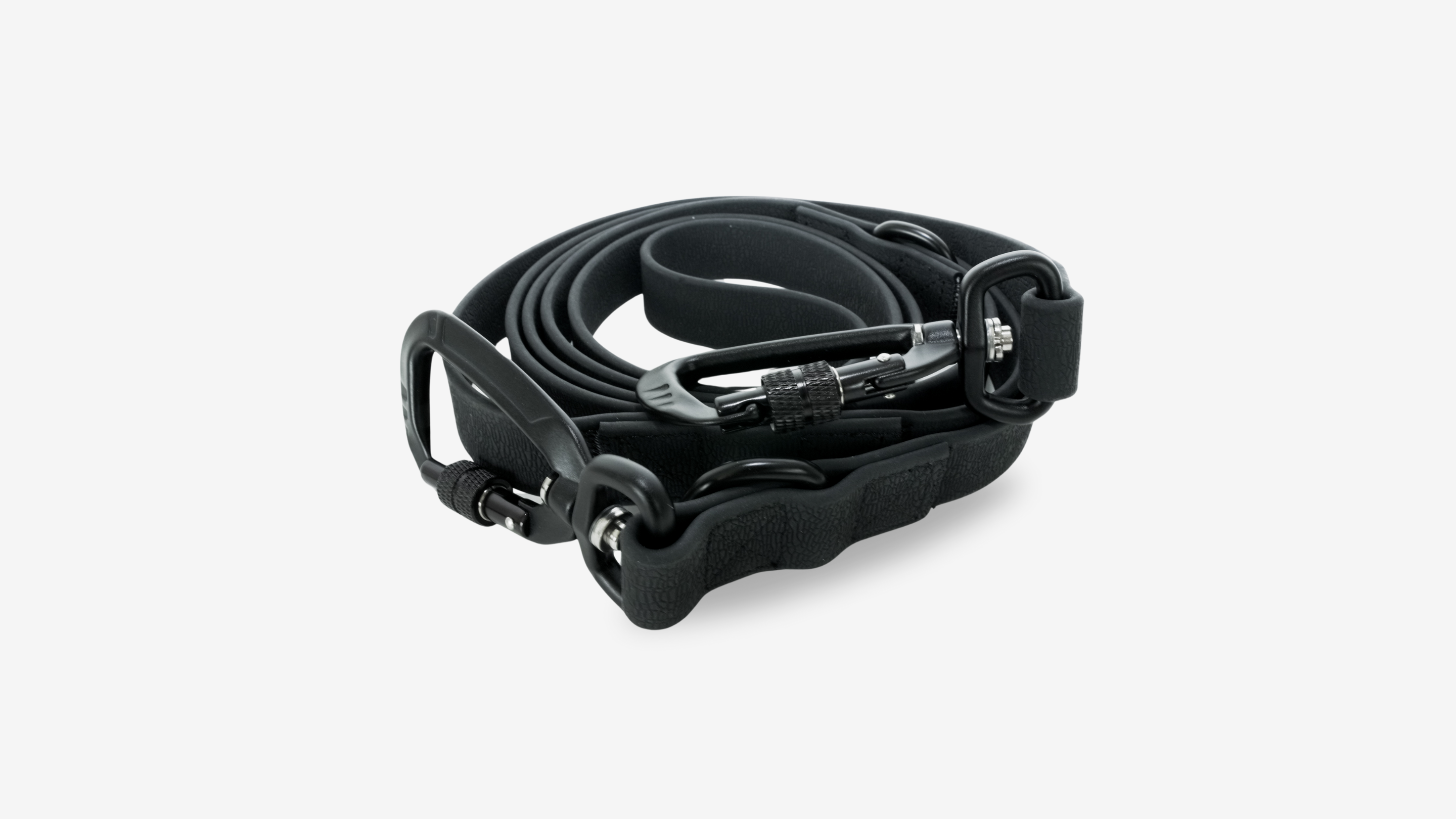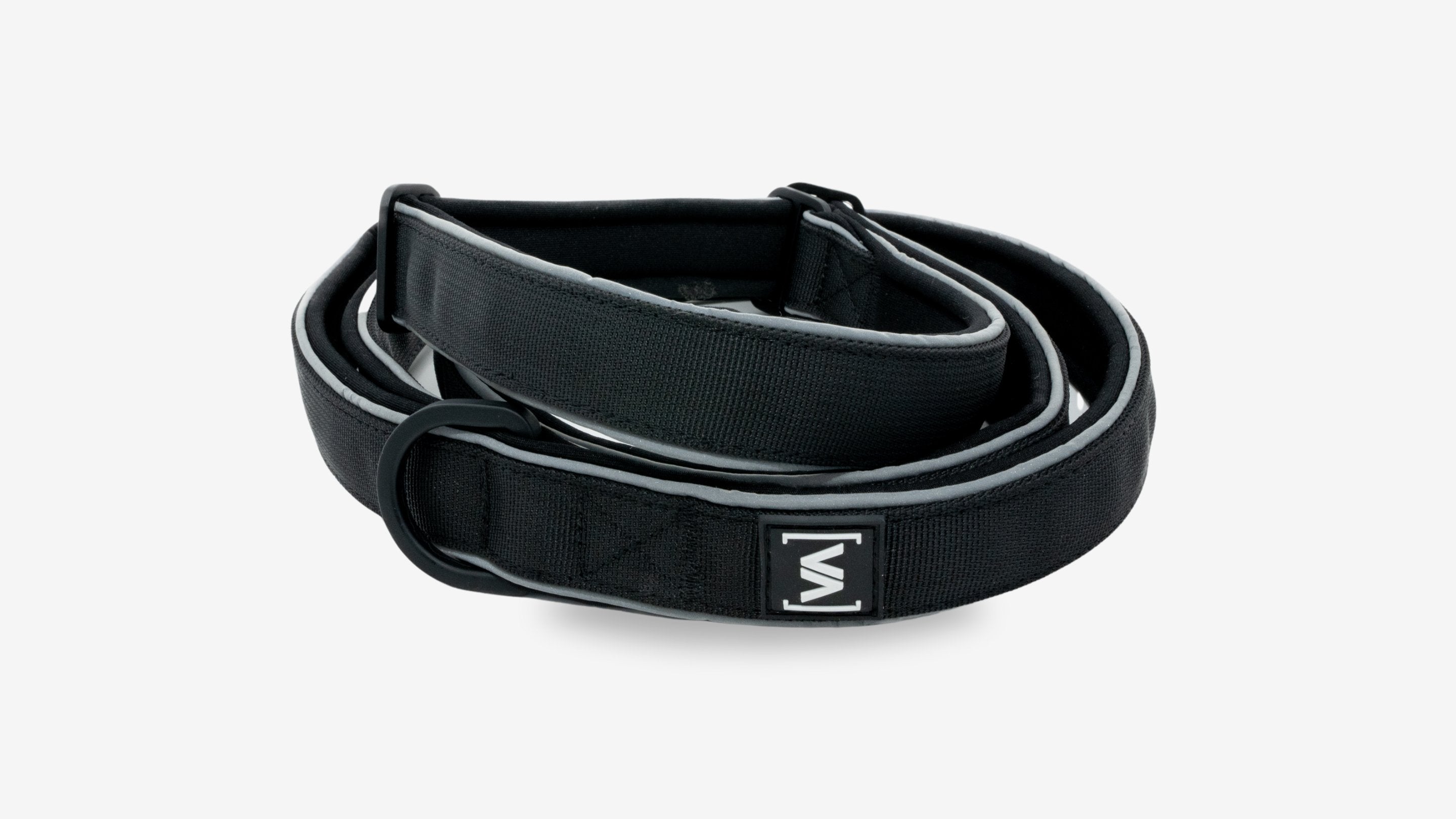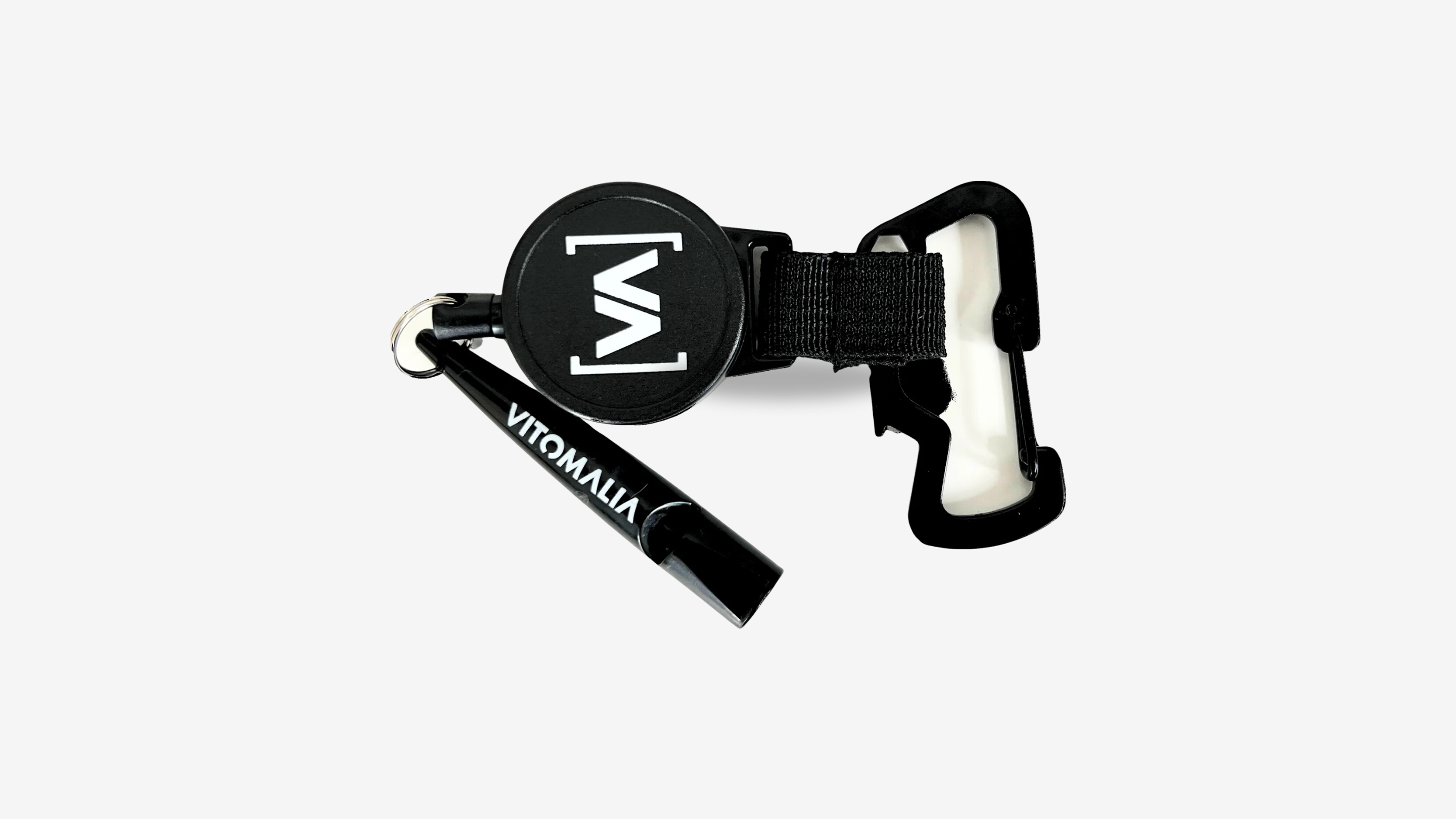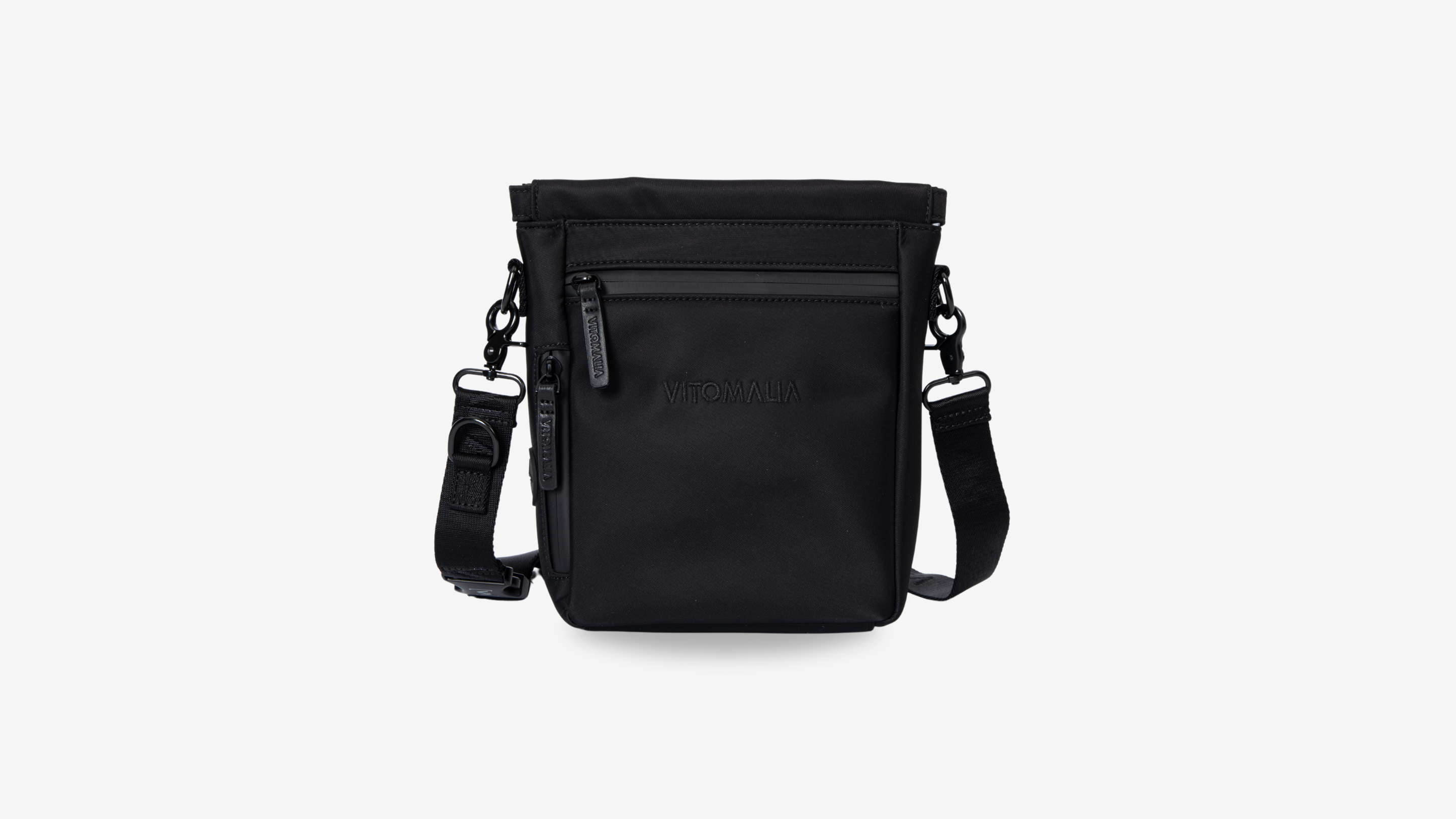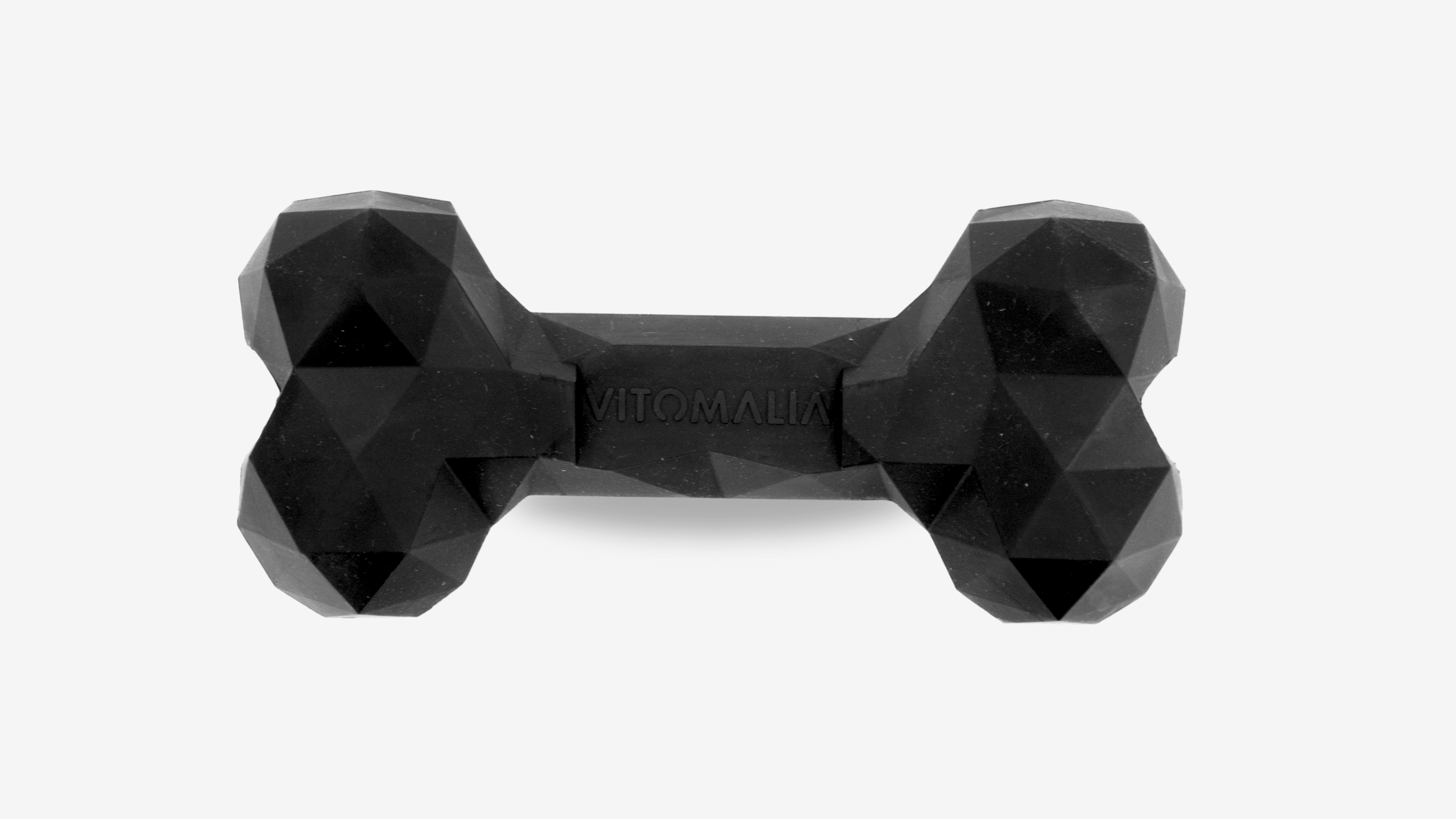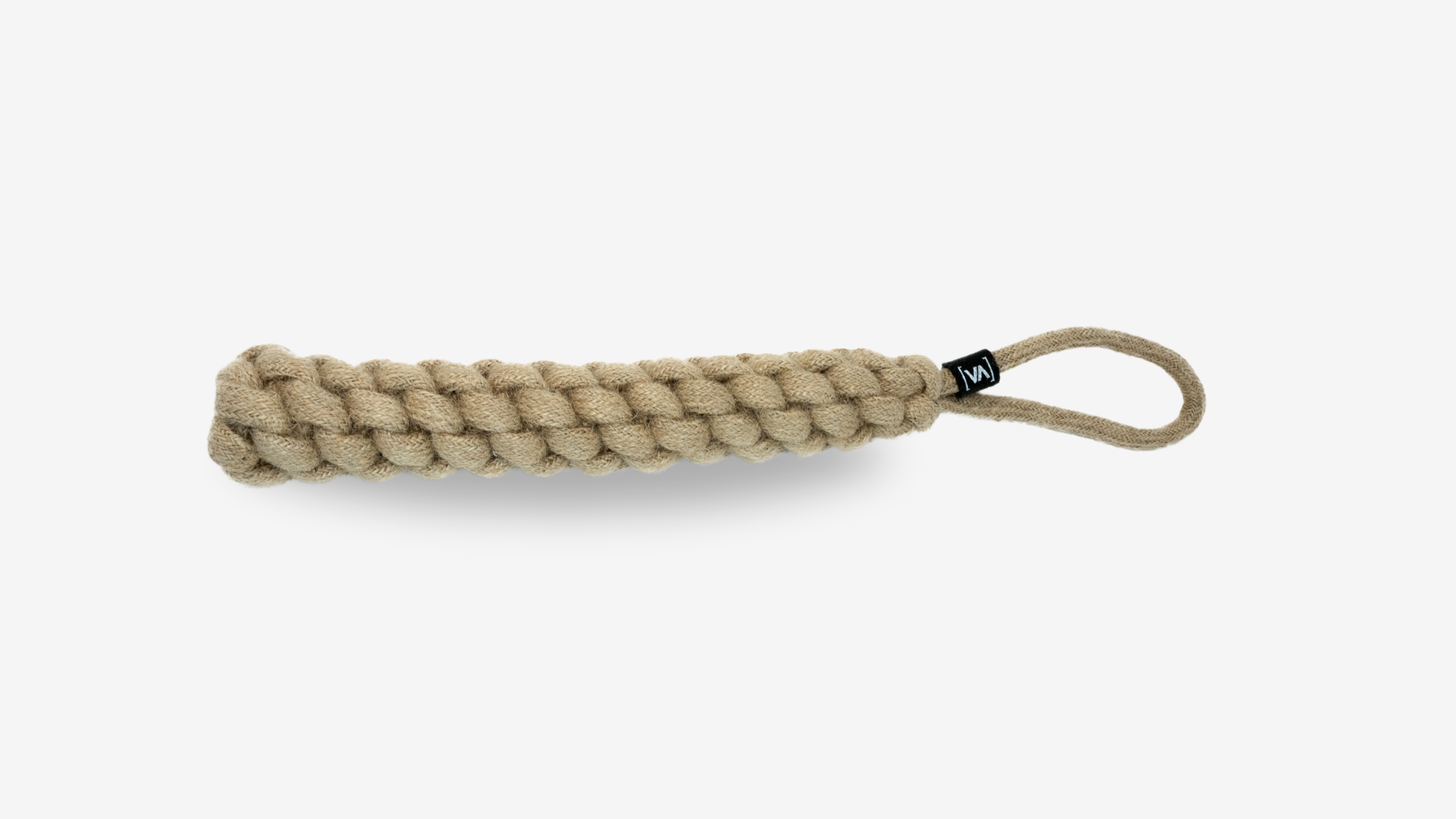Last minute New Year's Eve tips for scared dogs
For most dogs, New Year's Eve is anything but a reason to celebrate. Dogs who react fearfully or panicked on New Year's Eve usually suffer from fear of noise. Sounds that dogs can't identify or don't know where they're coming from are particularly frightening. Fear of noise mainly develops in the dog's first year of life. The first experiences that a puppy and young dog gain with loud noises are therefore crucial for how they continue to deal with loud noises and accordingly with the New Year's Eve fireworks and firecrackers.
In order to get your dog's New Year's Eve fear under control, you need extensive training and good habituation, i.e. getting used to loud noises. There's no time left for intensive habituation training, so we're giving you 7 last minute New Year's Eve tips to give your dog a pleasant New Year's Eve.
shopping list
Before you start with the tips, you'll need some equipment to be prepared for New Year's Eve. This includes:
- Cotton balls (you can get them in the supermarket or drugstore)
- Chew items that last a long time and taste intense, such as dried beef ears, etc.
-
Treats for smearing: liver sausage for children, treat pastes, goat's milk yogurt or natural peanut butter without sugar and xylitol
- Essential lavender or chamomile oil from a pharmacy or health food store
- If you don't have it at home: a ceiling to build a cave
Last minute New Year's tips
Tip no. 1: Walkies in the forest
Some regions and municipalities already ban fireworks and firecrackers. Unfortunately, this does not apply to every region and even despite the ban, there are still people who ignore the ban. To protect your dog from stupid encounters and situations, it may be easier to load the dog into the car and drive far out into the woods around New Year's Eve. Fireworks are not set off in the forest and a calmer atmosphere can help your dog. Even if driving to the nearest forest isn't an ecological tip, it can be beneficial for your dog. You can then offset your ecological footprint in other ways.
Tip #2: Foraging
Food is always a good companion because, on the one hand, food can trigger positive feelings and, on the other hand, food for the nerves is always a good tip when there is a lot of stress. Not every dog will eat when stressed, so you shouldn't force anything. Special favorite treats can help feed the dog.
Nerve food is food that gives your dog better stamina in stressful situations. Nerve nourishment is particularly needed in situations in which your dog needs a lot of impulse control or frustration tolerance. Miller et al (2010) showed in their study that dogs have increased energy expenditure when exercising impulse control. Dogs given a glucose drink were able to double their self-control. Carbohydrates that dogs tolerate particularly well are potatoes, rice and pasta. Rice is often used for gastrointestinal problems because it is easy to digest and therefore well tolerated. For dogs that cannot tolerate gluten, millet, oatmeal and quinoa are ideal, as are buckwheat, barley or amaranth. Just try out what your dog likes and what he can tolerate. Carbohydrates are the energy source for the dog's brain. You can find out more about nerve nourishment in Impulse Control Blog.
Treat search at home
Sniffing usually has a stress-reducing effect because fewer or no stress hormones are produced during nose work. After a sniffing session, most dogs calm down much better. Hide food or treats in a food dummy at home and have your dog wait until you hide the dummy. Now give the signal that the dog can search.
Food toys or chews
Chewing and nibbling is helpful for dogs to better deal with stress. This is why dogs with high separation anxiety like to chew on furniture. We can take advantage of this natural need to chew by filling the dog's food toy with goat's milk yogurt or natural peanut butter and putting it in the freezer before New Year's Eve. In this way, the contents remain solid for a long time and the dog is occupied with it for longer.
Alternatively, you can place a chewing root in a food storage container with a piece of cheese or sausage overnight so that the root absorbs the smell and your dog can enjoy it for longer.
Tip #3: Cotton in the ear
For dogs that are particularly sensitive to noise, putting cotton in the ear can help to dampen the noise. Very important!!!! The cotton must not be pushed too deep into the ear canal. If possible, ask your veterinarian to help you with this. Since the cotton can be uncomfortable for the dog at first, you should start to gently get your dog used to it about 3 days before New Year's Eve. Your dog doesn't need any other stress factors to bother him on New Year's Eve.
Tip #4: Retreat with blankets
Dogs love caves. For New Year's Eve, you can build a den for your dog around his dog bed or cover a kennel or dog box with a thick blanket. The cave offers security and the ceiling dampens the noise. Make sure that you get your dog used to the cave for two to three days and build it up positively by giving your dog special chewing items in the cave. Leave the den open so your dog can move freely.
Tip No. 5: Divide stimuli through music
Always keep some background noise going by turning on music the days before and after New Year's Eve. The sharing of stimuli allows your dog to not only concentrate on the fireworks or the firecrackers. The music makes the New Year's Eve noises seem quieter and allows your dog to relax more easily. Music therapy is very common in some areas in humans. Music can promote relaxation in dogs. Results from Lindig et al. (2020) indicate that animals (not just dogs) appear less stressed or anxious when listening to classical music. To date, there has been little research examining music and relaxation in connection with animals. Music can provide relief from restlessness in the home environment. In most studies, rest time and duration of barking have been assessed and measured as indicators of stress. Measured by cortisol levels and heart rate, classical music was able to induce calm. In addition to the genre, conditioning and association with experiences and music can also have a good effect. If your dog always lies relaxed next to you while you listen to your favorite music, the positive experience can lead your dog to calm down.
Tip #6: Aromatherapy with natural oils
Chamomile, lavender and valerian have long been said to have a calming effect - on dogs and humans. The herbs can be given to the dog through food to work internally or as an essential oil through a diffuser. The herbs should be started during a quiet period. Only use high-quality and carefully prepared herbs and essential oils from the pharmacy or health food store.
Tip #7: Mood Transfer
Mirror neurons are responsible for the so-called mood transmission. The research into mirror neurons began with the Italian researcher Giacomo Rizzolatti and his team in 1992 on macaque monkeys and is still in its early stages today. Mirror neurons ensure that action tendencies emerge based on observation. This is primarily important for survival in groups or herds and is therefore very useful. If a herd animal spots an enemy, it will run and the others will follow. The enemy's choice and hunting are made more difficult and the survival of the herd members is secured. Mirror neurons and mood transmission are essential to our survival. Mirror neurons are not only responsible for action patterns, but, as the name “mood transmission” suggests, also for mood and emotions.
Mood transfer is intraspecific, e.g. B. between dog and dog and between species in e.g. E.g. humans and dogs possible. If you are stressed and restless, you unconsciously pass on this mood to your dog. Your dog perceives your restlessness through different signals: your posture, your voice, chemically through your sweat or even through your actions. Dogs are able to sense our emotions. However, mood transfer should not be misunderstood and humanized as “My dog understands me”. No, your dog empathizes with your emotions. If your dog doesn't calm down, the restlessness could possibly be due to your current emotional state. So always question your emotions in order to teach your dog to calm down.
Tension can also be relaxed through touch. The hormone oxytocin plays an essential role in relaxation. Touching activates different fibers in the skin that distinguish a good touch (stroking) from a bad touch (biting). This information is passed on to the brain and increased oxytocin is released when a good touch occurs. The increase in oxytocin has a relaxing effect.
